

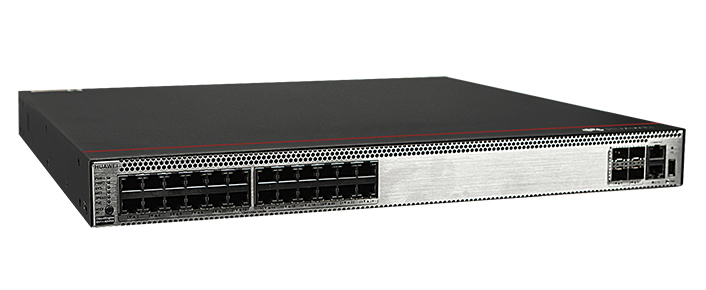
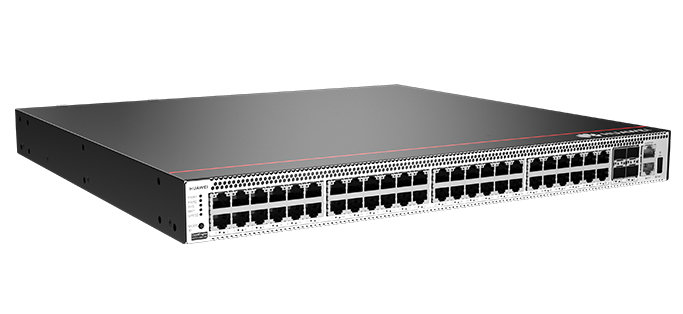

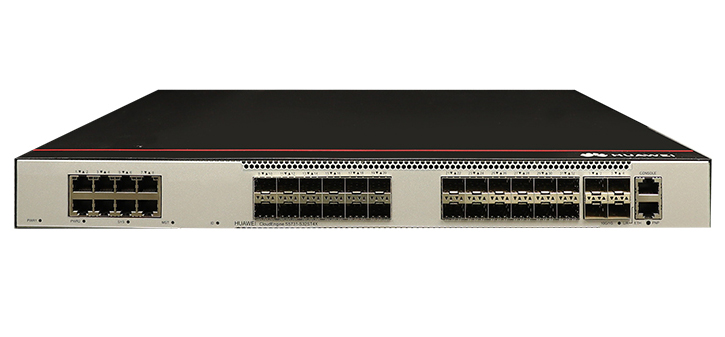
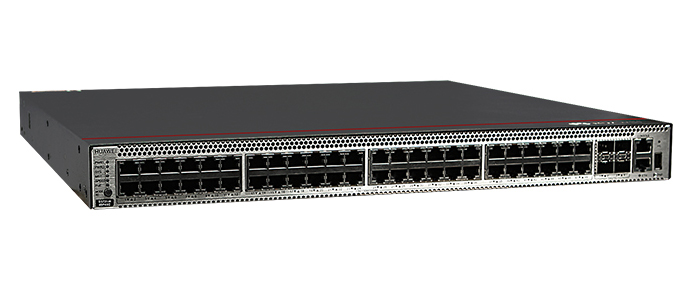
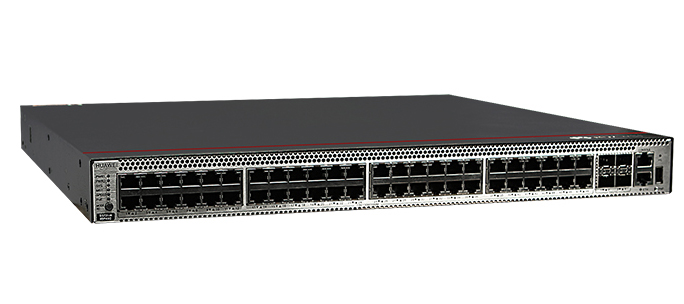

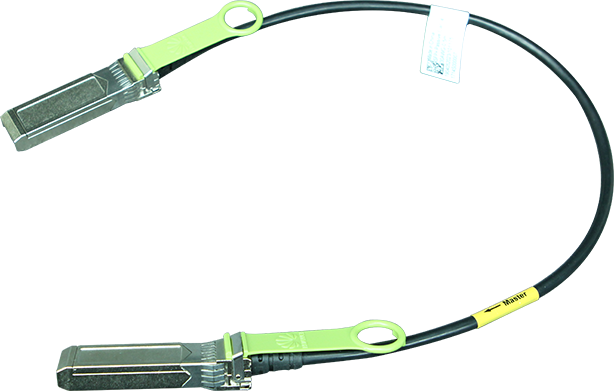
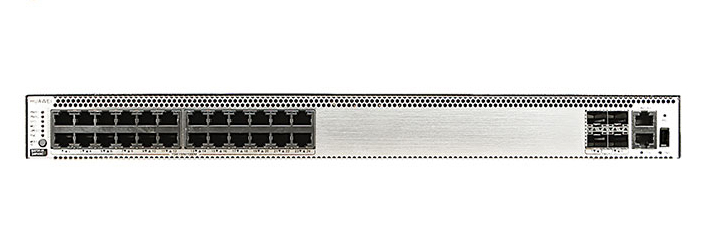

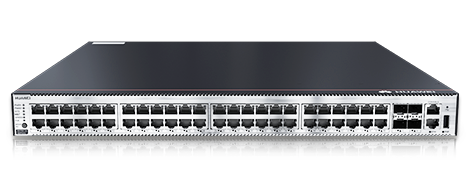
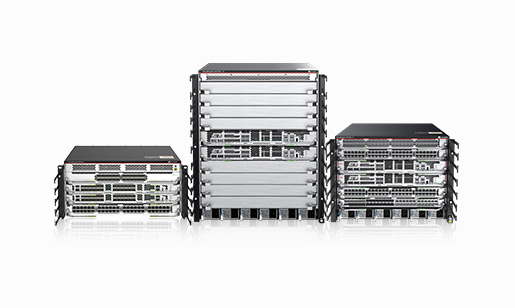
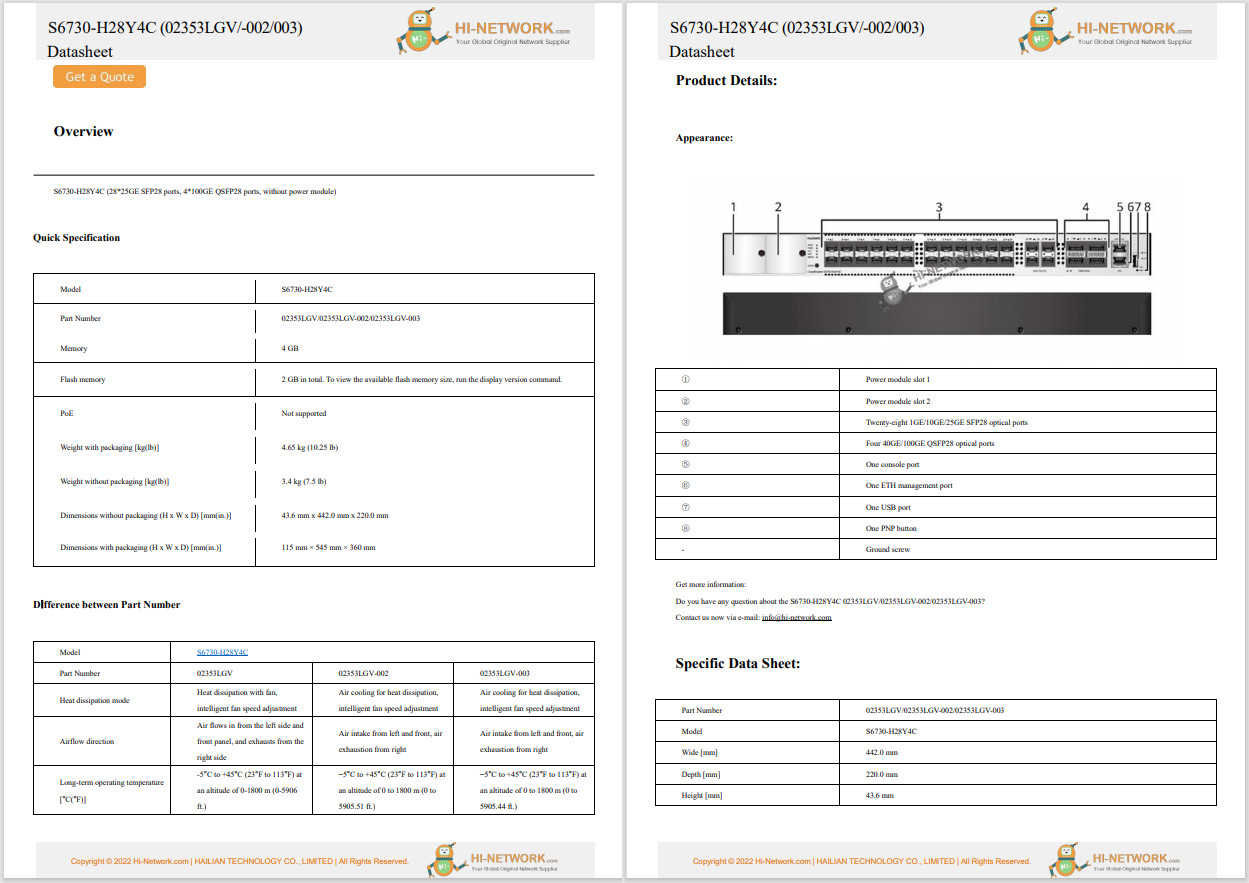

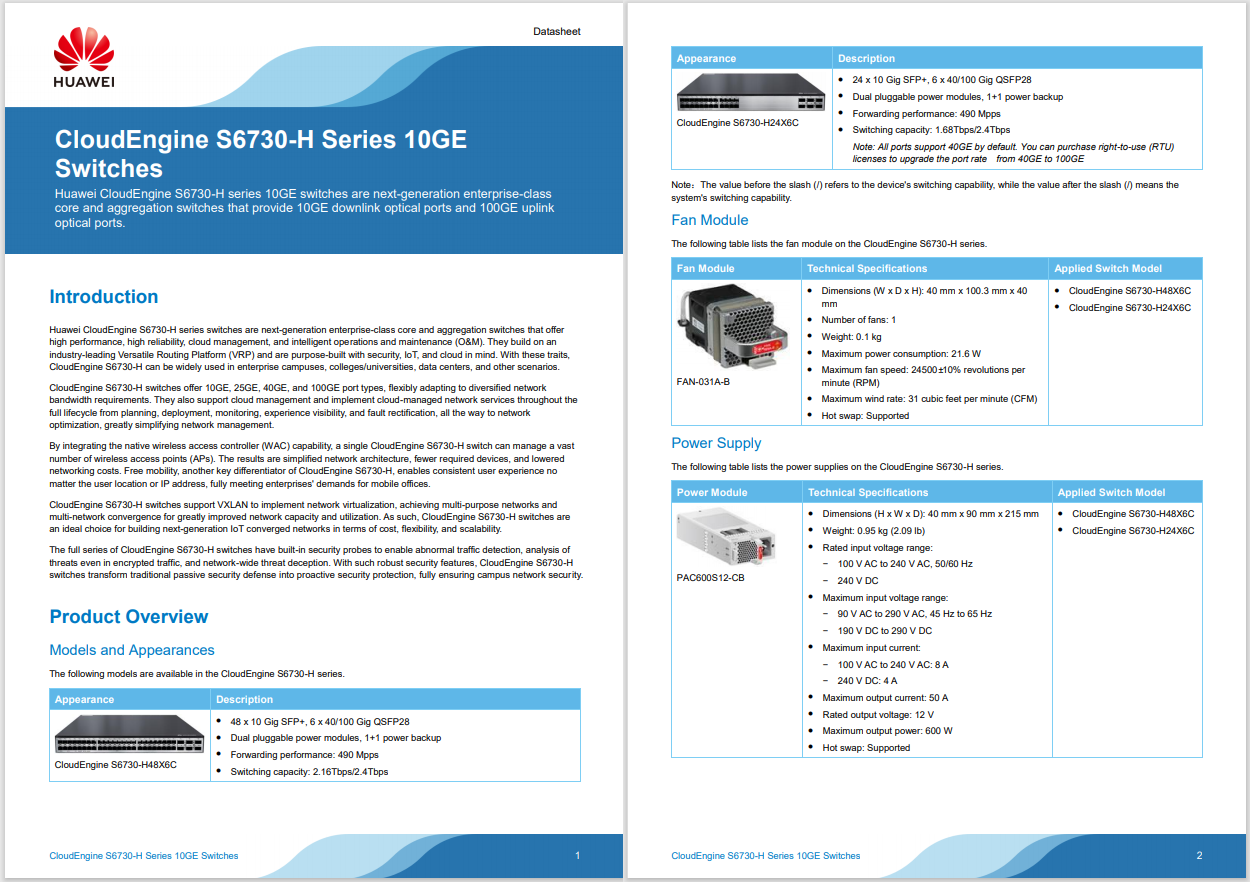



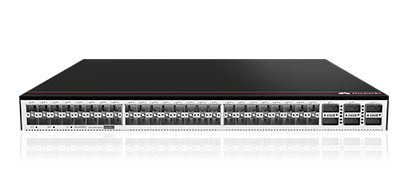
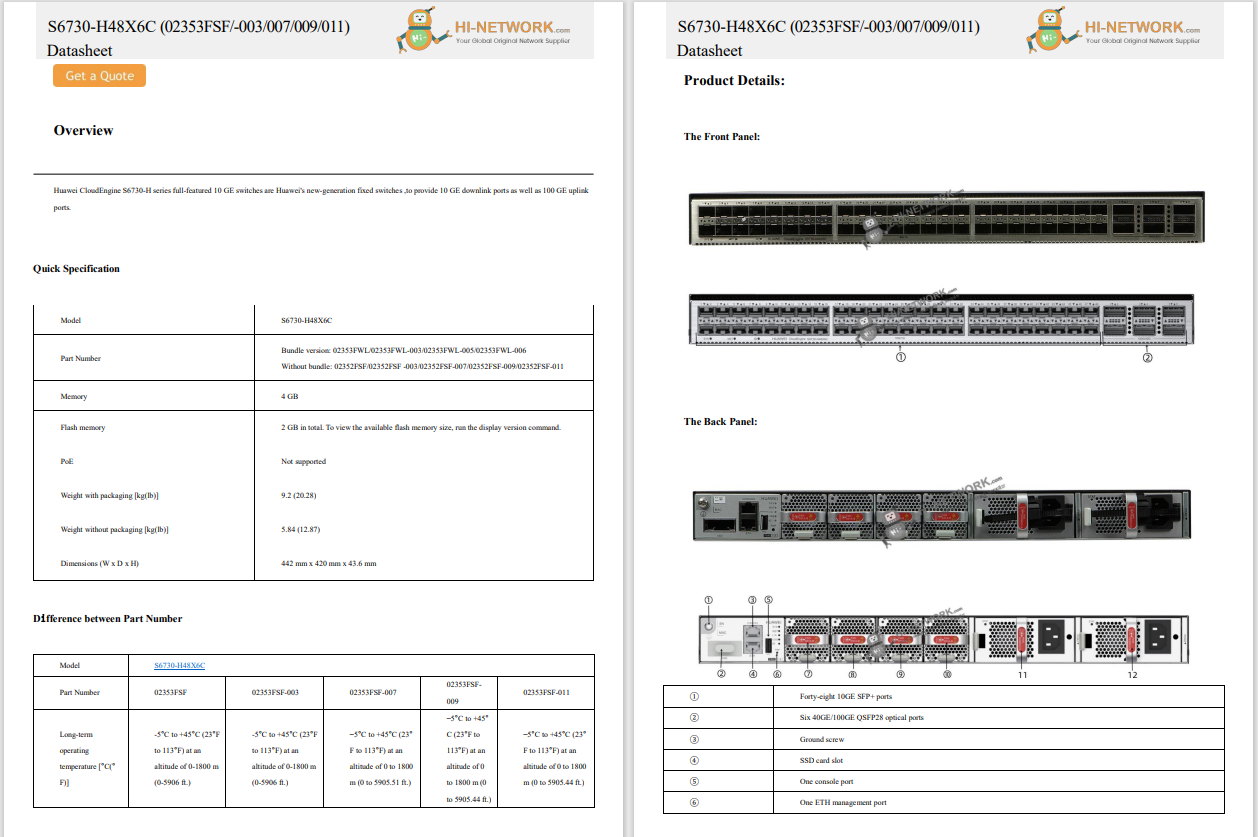
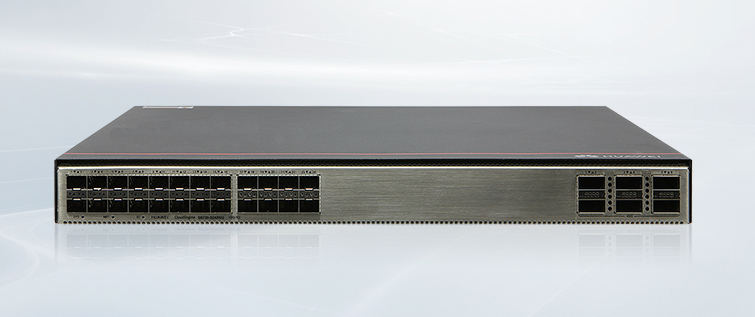


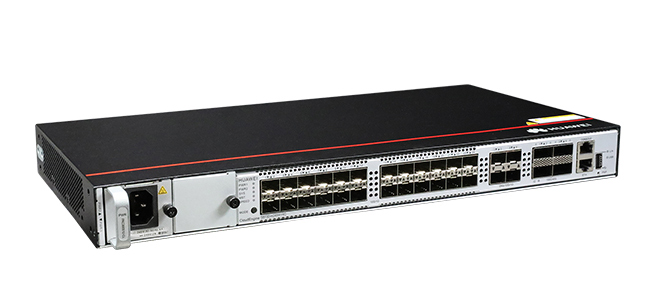
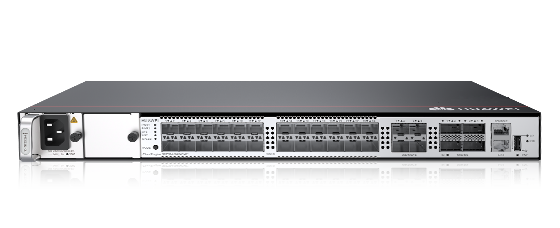
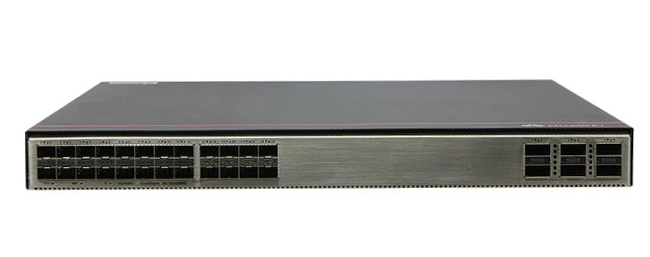


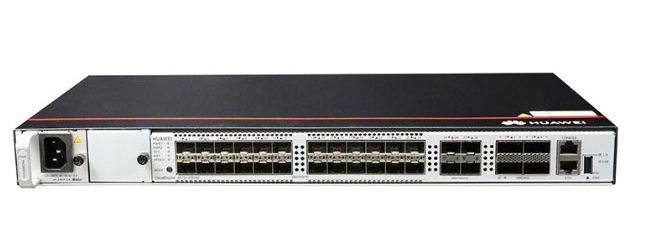
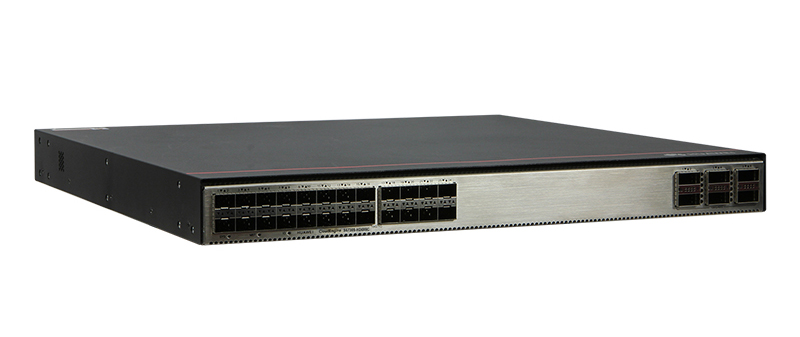

I remember when smartphones started to use the built-in flash as a flashlight -it was quite revolutionary. While the flash is good enough for a lot of situations, there are times when it is somewhat limited in its power output capacity, and something bigger would be welcomed.
Also: The best portable power stations you can buy
Enter theBlackview BV7300 -a ruggedized smartphone that has the biggest flashlight that I've seen on a phone.
Blackview BV7300 rugged phone with 15,000 mAh large capacity battery can provide 57 days standby time.
The BV7300 features a 6.67-inch HD+ IPS display running at 720 by 1,604 resolution and a variable refresh rate that shifts between 60Hz and 90Hz depending on what's on the screen. To add ruggedness, the display is armored with a layer of Corning Gorilla Glass 5 for impact and scratch resistance.
It'sa passable screen,with just enough color and contrast to depict apps and text vividly, but it does look a little washed out under direct sunlight. A boost in brightness (nits) would help the phone a lot.
Powering the smartphone is a 2GHz octa-core MediaTek Helio G81 chip backed by 6GB of RAM (with the ability to add a further 12GB using memory expansion, which I recommend doing), 256GB storage, and the ability to bump that up even further with a 2TB microSD card.
Inside, there's a 15,000mAh battery (for comparison, the iPhone 16 Pro Max has a 4,685 mAh battery) that can power the unit for 57 days on standby, up to 56 hours of call time, 28 hours of web browsing, and about 16 hours of video playback. Given the size of the battery, the smartphone supports fast charging up to 45W with the appropriate charger, making charging less of a headache.
Also: Is your phone truly waterproof? Here's what the IP rating tells you
Audio output is handled by a pair of 1712 box speakers that are nice and loud and have quite a decent range for a smartphone of this price range.
That's a very powerful battery, but it does add to the size and weight of the BV7300 -it comes in at 8.15 x 8.11 x 1.46 inches and weighs a shade over two pounds!
The BV7300 is big, thick, and weighs over two pounds!
And how can I forget that giant twin COB (Chip-on-Board) flashlight on the back with a combined 800 LED modules? One panel is a warm light, the other cold, and they can be turned on independently or together to offer a maximum of 800 lumens for up to 5.8 hours on a full charge.
The light is quite impressive!
The contents are housed in a rugged, water- and dust-resistant polymer-armored package rated IP68/IP69K and MIL-STD-810H. This is a tough unit that can handle most drops, tumbles, and unexpected encounters.
The BV7300 boasts an impressive array of cameras, including a 50-megapixel Samsung ISOCELL JN1 Quad Bayer main camera, a 20MP SONY IMX376 night vision, and a 32-megapixel front-facing camera. The night vision camera uses built-in infrared illuminators to flood the area with light that's invisible to the eye but picked up by the camera.
Also: The best camera phone of 2025: Tested by experts
From the shots I gathered, don't expect this phone to blow your mind. Notably, the two sensors exhibit a noticeable lack of detail and color inaccuracy, but not to the degree that portrays your subject in a totally different manner.
Night vision in action ... back to the creepy Santa!
The SIM card tray supports dual SIM cards or a combination of a SIM card and a microSD/TF card for expanded storage. In terms of security, the device features both a fingerprint sensor and facial recognition, minimizing the time spent entering your passcode.
All in all, theBlackview BV7300 is an impressive package, all the more so when you check out the price and find that you can pick one up for$230. The size, weight, and crazy flashlight mean it's not for everyone, but for campers, explorers, and people who work outside, like mechanics and engineers, that light is a pretty neat feature.
The recent US tariffs on imports from countries like China, Vietnam, and India aim to boost domestic manufacturing but are likely to drive up prices on consumer electronics. Products like smartphones, laptops, and TVs may become more expensive as companies rethink global supply chains and weigh the cost of shifting production.
Also:Tariff war has tech buyers wondering what's next. Here's what we know
Smartphones are among the most affected by the new US tariffs, with devices imported from China and Vietnam facing steep duties that could raise retail prices by 20% or more. Brands like Apple and Google, which rely heavily on Asian manufacturing, may either pass these costs on to consumers or absorb them at the expense of profit margins.
The tariffs could also lead to delays in product launches or shifts in where and how phones are made, forcing companies to diversify production to countries with more favorable trade conditions.
 Hot Tags :
Tech
Smartphones
Hot Tags :
Tech
Smartphones